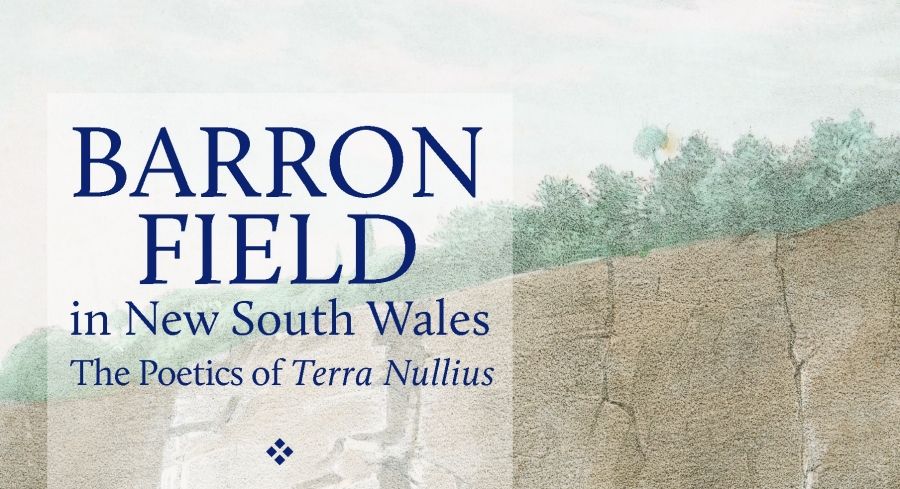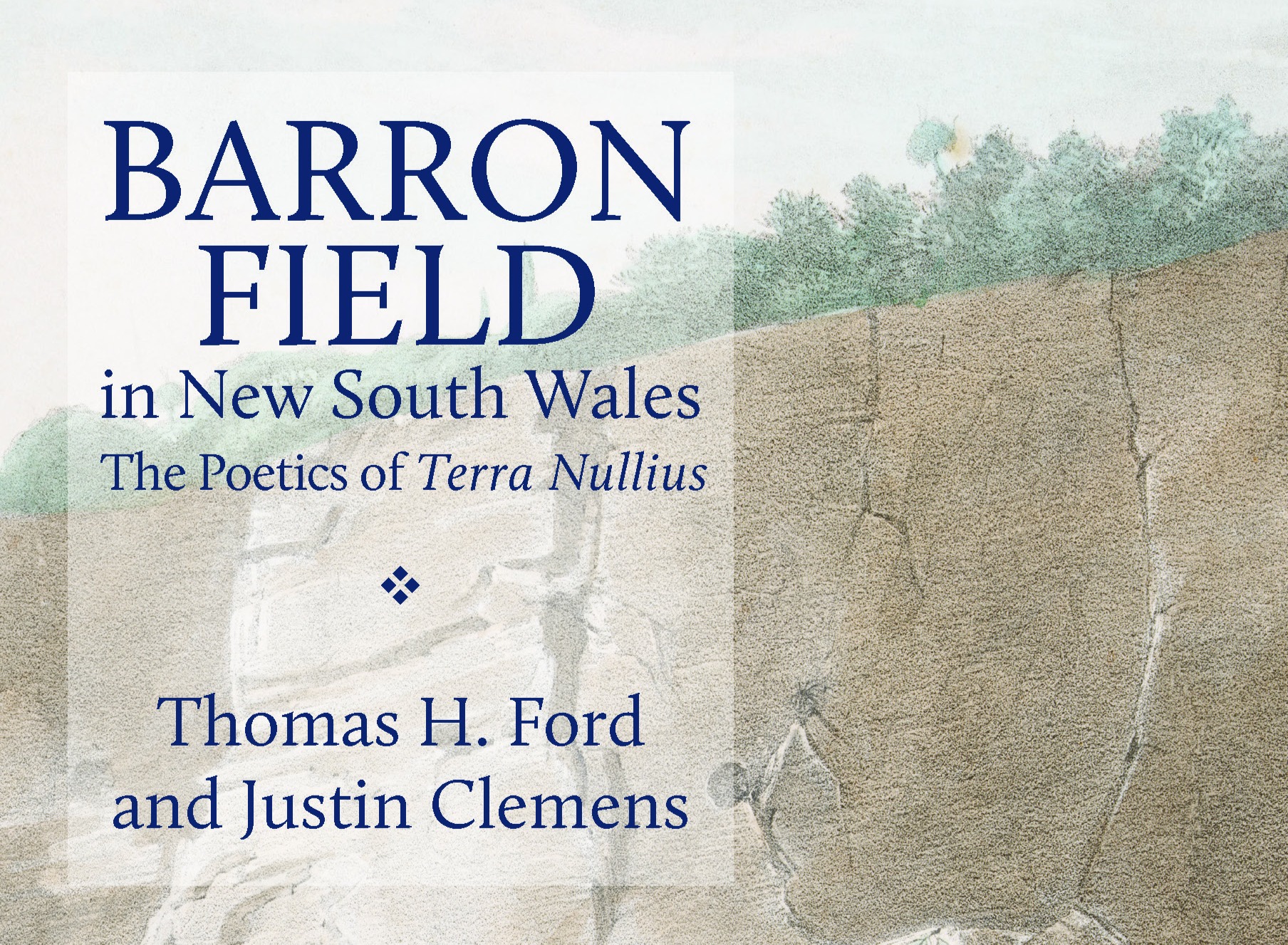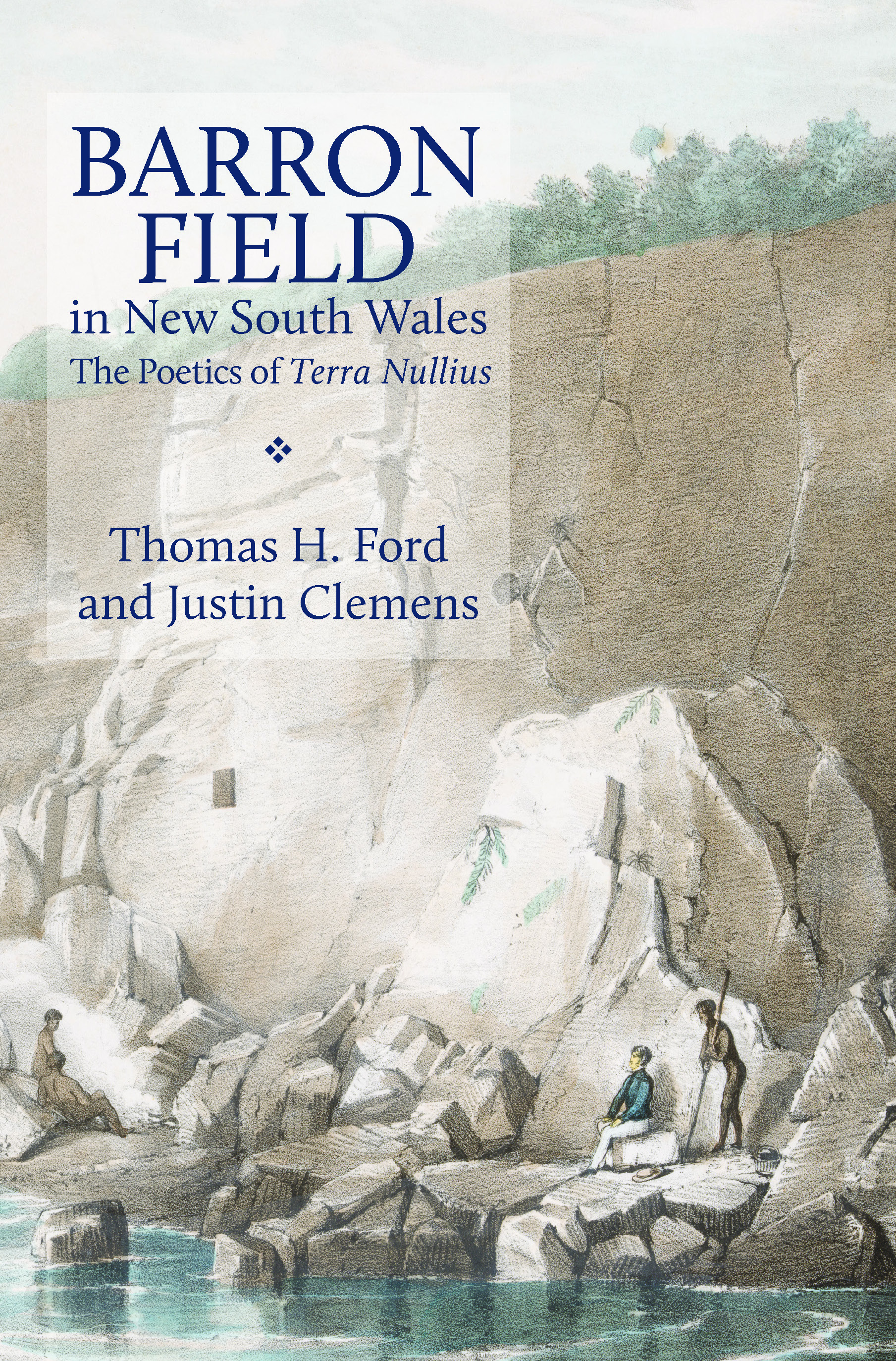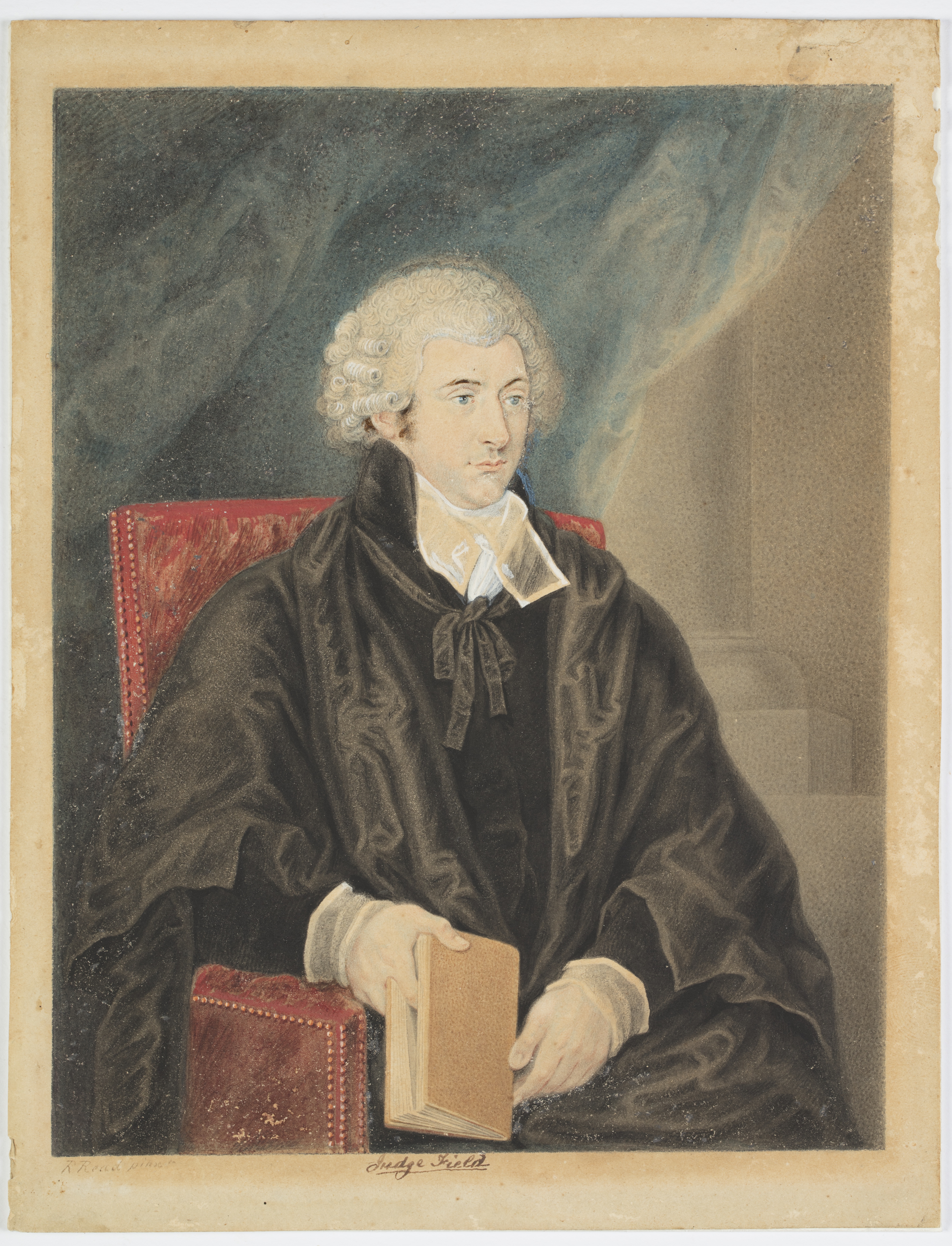
- Free Article: No
- Contents Category: Literary Studies
- Review Article: Yes
- Article Title: A poetic death sentence
- Article Subtitle: Poetry as a key to history
- Online Only: No
- Custom Highlight Text:
Literary study tends to be characterised by bipolar episodes, swinging between enjoyment and judgement. There is reading for pleasure and learning to be critical, or making up your mind about how good, bad, or indifferent a literary work is. This way of thinking about literature still pervades all levels of the cultural and social scenes where readers talk to one another. We discuss with our friends or communities whether we like a work of literature or not, but when things get formal or seminar-serious the conversation shifts to whether we think that work is any good – a different thing. The Saturday review pages wobble between these two modes, between chat about whether readers will like a book or film, and whether it’s any good or not. Some texts that have become good over time, canonical in other words, we might not like. ‘Like’, here, of course, is a very fuzzy notion, although you would have to be delusional to think a book is automatically good because you like it. And liking certain texts, Ern Malley’s poetry or Stephenie Meyer’s fiction for example, might be evidence, in some people’s view, of a lack of taste, or bad judgement. But as we say, there’s no accounting for that.
- Featured Image (400px * 250px):

- Alt Tag (Featured Image): Philip Mead reviews 'Barron Field in New South Wales: The poetics of Terra Nullius' by Thomas H. Ford and Justin Clemens
- Book 1 Title: Barron Field in New South Wales
- Book 1 Subtitle: The poetics of Terra Nullius
- Book 1 Biblio: Melbourne University Press, $35 pb, 224 pb
- Book 1 Cover Small (400 x 600):

- Book 1 Cover (800 x 1200):

In the case of Field, it is worse than that, as Ford and Clemens demonstrate so powerfully and persuasively. Field’s poetry is bound up in myriad, layered ways with the legal jurisdiction that Field was responsible for establishing in New South Wales, a jurisdiction that we now recognise was based on the assumption of terra nullius. Field’s poetry was not a sidebar, or a recreational irrelevance to his work as chief beak. As this book argues, Field’s foundational acts of the invention of terra nullius and the invention of Australian poetry are coincident, and the fact that Field’s poetry wasn’t very good doesn’t mean that it isn’t meaningful. Ford and Clemens’s readings of Field’s poetry establish its central significance as a historiographical resource, providing otherwise unavailable knowledge about the social, political, and cultural worlds of early colonial Australia. The history that they are rewriting treats Field’s poetry as indispensable to understanding the history of New South Wales between 1817 and 1824 and recognises Field as an ‘under-acknowledged actor at a decisive moment in Australian history’.
The book consists of chapters about the contexts of Field’s poetry – the Law, and poetics – a meticulous critical edition of the three versions of Field’s First Fruits of Australian Poetry (1819 and 1823 in Sydney; 1825 in London), and inspired close ‘Readings’ of his poems. It was Henry Reynolds who, in the 1980s, established the historical fundamentals of the term terra nullius in the denial of Aboriginal sovereignty and the expropriation of Aboriginal country. The legal fiction was then rejected as a true descriptor of the law of the nation in the High Court’s Mabo decision of 1992, with far-reaching effects. Field never used the term terra nullius; the synonym was that Australia was ‘desert and uninhabited,’ a concept from English imperial discourse which Field worked out in his setting-up of the colony’s constitutionality. Field was well versed in this legal language; he published a study guide to William Blackstone’s Commentaries on the Laws of England in 1811. Ford and Clemens are alert to the ways in which Field used the nebulous discourse of pre-terra nullius in the performative establishment of colonial government. Field knew something about performativity: he wrote a two-act farce and was the theatre critic for The Times from 1805 until his sojourn in New South Wales. He was also a specialist in the obfuscating language of Australian settlement (not invasion), of ‘non-seeing’ and unnaming, and of the occlusion of a population, its sovereignty and its land management.
What has poetry got to do with this? It has to do with language and its role in national definition and the institutions of colonial rule. The title of Field’s book, for example, uses the term ‘Australian’ before Australia exists. There is only the colony of New South Wales. The task of Field’s best-known poem, ‘Kangaroo’, then, as the authors understand it, is ‘nothing less than national self-foundation’. And the complex emblematics of the kangaroo are what signify Australianness, as they still do today on the livery of the national airline. It starts in Field’s ‘whacky assemblage’ and funny-sounding name of the native animal: a joining of the fragile squirrel and the ‘bounding hart’ whose ‘fore half, it would appear, / Had belong’d to some “small deer”’ and ‘thy hinder, thou should’st be / A large animal of chace’ – an animal ‘Join’d by some divine mistake’. The task of the poem, and of the nation, is to harmonise contradiction and disfigured nature, as the stylised Qantas emblem does. This task of defining the redemptive ‘Spirit of Australia’ is aided by the powerful ideology of English Romanticism, one of whose influencers was Field.
As an acolyte of Wordsworth, Field believed in the revolution in poetic language – a newly ordinary language – initiated by the Lyrical Ballads and ‘poetry’s redistribution with respect to the languages of politics and law’. This may sound far-fetched to us now, who don’t see much relation between poetry and government, or even between consciousness of language and government, but it is the great strength of Ford and Clemens’s deeply knowledgeable and sharp-eared readings to historicise the ways in which Field lived and worked within the discourses of colonisation. And the authors’ literary training allows them to demonstrate how Field’s existence within the languages of colonisation was contradictory, ambiguous, hybrid, distinctive to his time and place, open to rhetorical reversals and play at every point.
Ford and Clemens don’t flinch from recognising one of the tragic realities of Field’s literary mentality – the darkest strand to the poetics of terra nullius. This stemmed from his engagement with Aboriginal individuals and culture. Field transcribed Aboriginal songs, he recognised a kind of Romantic mentality in Aboriginal cultural practices, and he ‘valued in Aboriginal people precisely the aptitudes for verbal felicity and mimetic capacity that were central to his own poetry’. In his prose travelogue, ‘Journal of an Excursion across the Blue Mountains,’ with its obvious allusion to Wordsworth, Field elegises ‘Harry’ Corrangie, Bennelong’s brother-in-law and ‘the author of what may well have been the earliest letter in English written by an Aboriginal person, now lost – and widely described as a powerful orator, public speaker and poet’. Field transcribed what he called in the Journal an ‘Australian National Melody’ from a performance of Corrangie’s. It was published in the London Magazine in 1823 and is reproduced as a figure in this book. Along with this investment in Corrangie went the scientific presumption, also with a European Romantic filiation, that the Aboriginal people were destined to extinction. The death sentence that Field pronounced over Aboriginal people was operationalised in the legal system he founded and that had as its ground the assumption of terra nullius. But that was unnamed and occluded, it was the replacement and assimilation of Aboriginal cultural expression with ‘Australian poetry’ where that rhetorical sentence could be passed. These authors’ forensic diagnosis of Australian literature’s origins is a profoundly disturbing one. The nation’s foundational event, they argue, is a ‘poetic death sentence’. The necessity of truth and reconciliation has its origins, as much as its currency, in language.



Comments powered by CComment